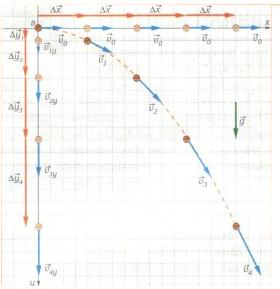- Joined
- Apr 21, 2013
- Messages
- 1,194
So guys, i've been working on a custom spell which fires a projectile from above and lands on the target point.
The question is, can any of you guys come up with a formula that i can use for the projectile. It should move like this

but it should use variables like current height, distance to the target...
The question is, can any of you guys come up with a formula that i can use for the projectile. It should move like this

but it should use variables like current height, distance to the target...





